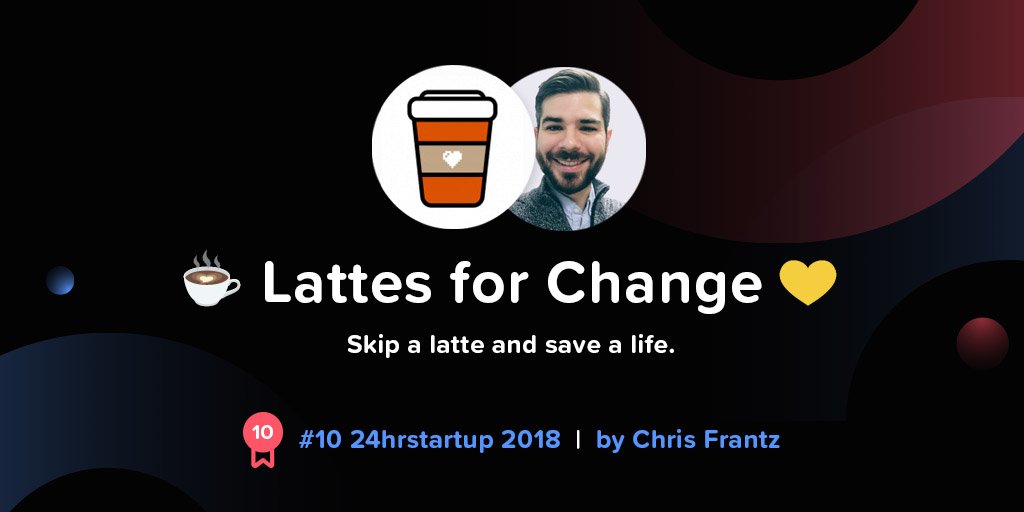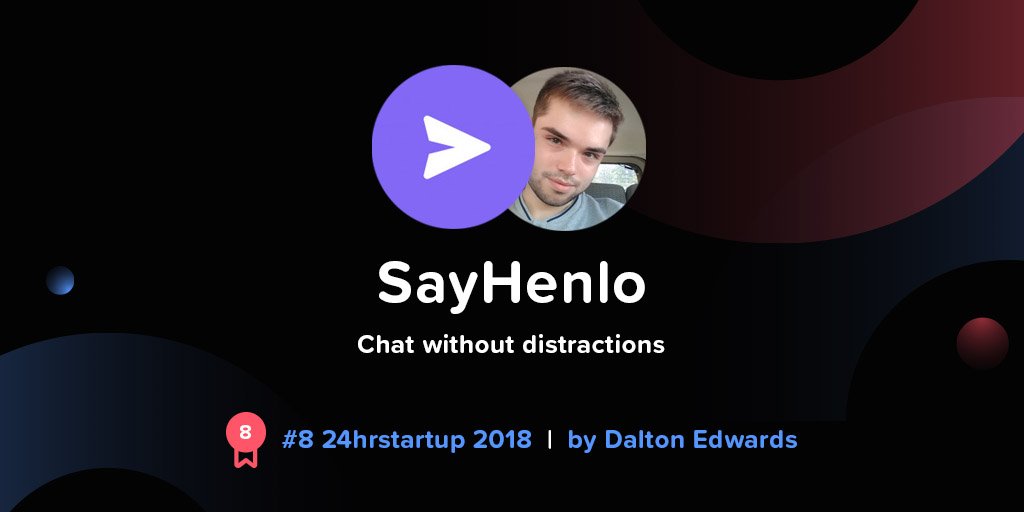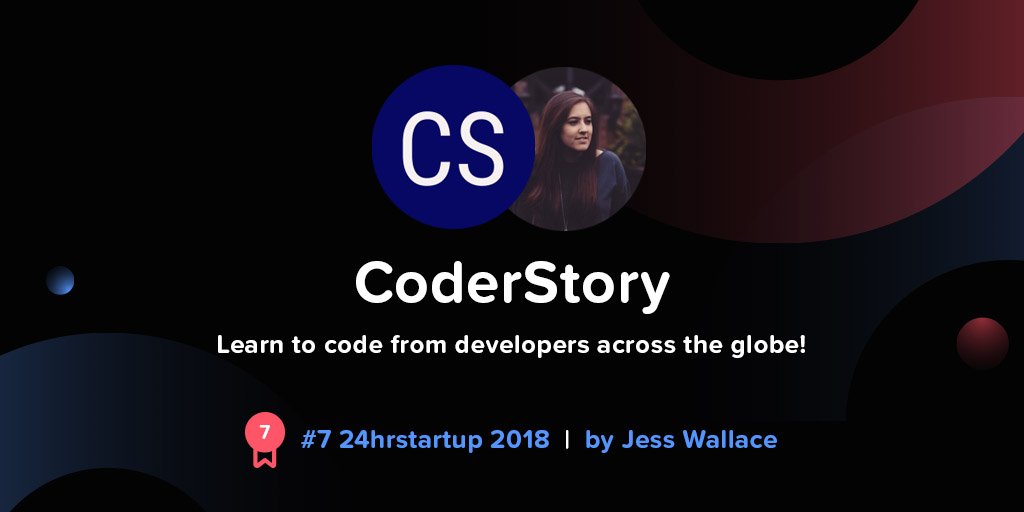10 Excel Formulas To 10x Your Productivity:
You have a table of cookie sales and have to answer:
• Who sold least / most cookies by month
• Who are the top 25% / bottom 25%
• Who has the most winning months
• Who has the most losing months
• Who sold the most cookies
• How is each girl trending
Let's dive in.
• Format & shortcuts
Before you start, format your worksheet and lay out what you want to build.
Shortcuts used:
• Ctrl + space bar = Insert Column
• Shift + space bar = Insert Row
• Ctrl + shift + + = Insert
• Ctrl + R = Fill Right
• =Sum(G8:G17)
• Min and Max
Min and Max are helpful when working with large data sets.
Min returns the lowest value in a series of data.
Max returns the highest value in a series of data.
Min Formula: =Min(number1, number2...)
Max Formula: =Max(number1, number2...)
• Concatenate
Concatenate will bring strings of data together.
When you want to combine a first and last name into a single cell, it's your tool.
The formula is:
=concatenate(text1, text2, text3)
Remember to add a " " between the first and second name as text2







